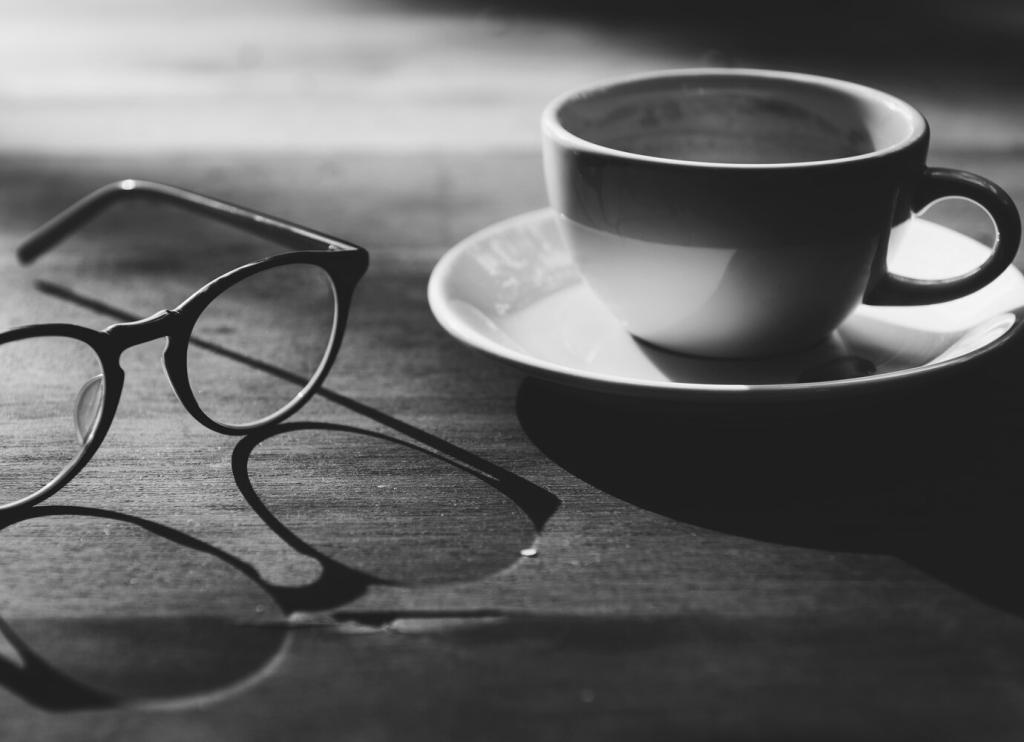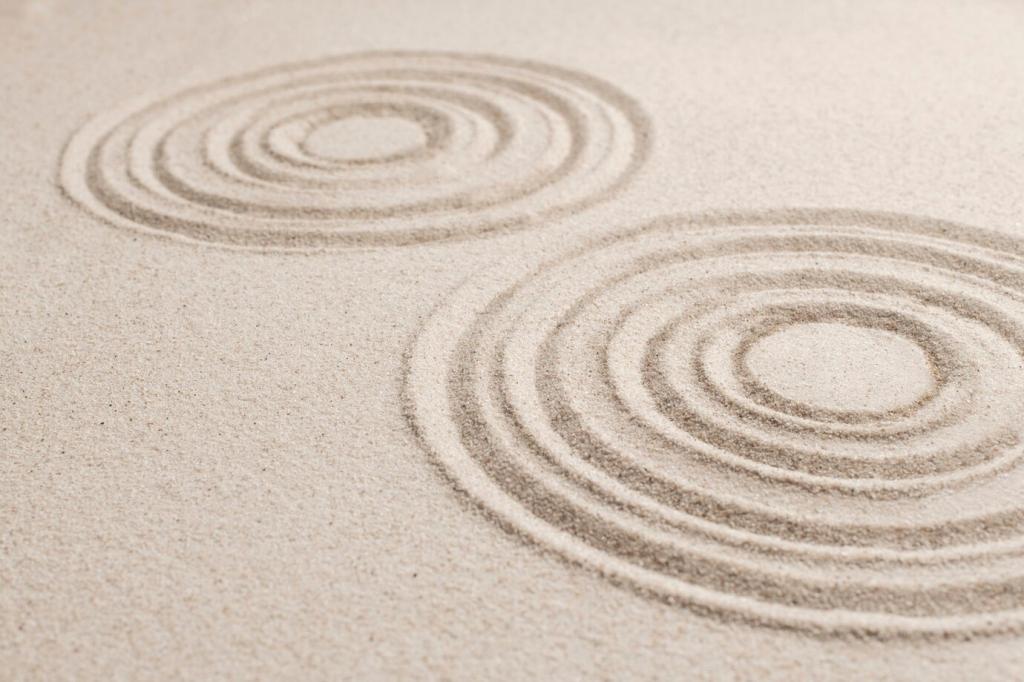
Understanding Minimalist Interior Design: Live With Less, Feel More
Chosen theme: Understanding Minimalist Interior Design. Step into a home philosophy where clarity, intention, and quiet beauty guide every decision, creating spaces that breathe, support focus, and invite daily calm. Join the conversation and share your minimalist journey.
What Minimalism Really Means at Home
01
Beyond Empty Rooms
Minimalism values purpose over quantity. Rather than chasing emptiness, it prioritizes meaningful objects, intuitive layouts, and materials that age well, so your home feels both personal and peacefully expressive.
02
Calm as a Design Outcome
A minimalist home should lower cognitive load. Fewer visual distractions, clear surfaces, and thoughtful storage help your brain rest, allowing daily rituals to feel intentional instead of rushed or chaotic.
03
A Moment That Changed My Space
I once hid a favorite mug in a crowded cabinet and forgot it for months. After editing, it returned to a single open shelf—and morning coffee became a small, joyful ceremony.
Principles to Design With: Function, Clarity, Purpose
01
Before choosing colors or decor, define the room’s job. Let furniture, storage, and circulation support that purpose, so every item earns its place and contributes to effortless daily living.
02
Clean silhouettes simplify perception. Straightforward forms, balanced proportions, and consistent geometry help the eye rest, creating harmony that feels intentional rather than decorated for decoration’s sake.
03
Restraint means curating, not denying. A single well-made table, a soft rug, and a reading lamp can outperform rooms stuffed with trends. Ask: does this enhance function, comfort, or meaning?
Palette and Materials: Neutrals That Feel Alive
Warm whites, stone grays, and muted earth tones reflect light and soften shadows. Test swatches across the day, ensuring tones stay soothing in sunrise brightness and late afternoon calm.
Palette and Materials: Neutrals That Feel Alive
Oak, linen, wool, clay, and paper-based finishes develop character with time. Their gentle patina tells a story, grounding minimalist spaces in authenticity rather than brittle, short-lived perfection.



Fewer, Better Pieces
Invest in versatile, durable furniture—like a solid dining table or a supportive sofa. Quality materials and timeless forms outlast trends, reducing replacements and keeping the room visually calm.

Circulation and Negative Space
Map clear paths between doorways, seating, and storage. Leave generous breathing room around furniture, letting negative space frame your essentials and guide the eye toward what matters most.

Small Space Minimalism
In compact homes, consider wall-mounted desks, foldable chairs, and leggy furniture that reveals floor space. Light colors, mirrors, and vertical storage amplify openness without adding unnecessary visual weight.
Decluttering as Design: Systems That Last
Design criteria keep choices steady: usefulness, emotional value, and condition. Ask tough questions regularly, and donate what no longer serves. Share your criteria with us, and compare notes.
Decluttering as Design: Systems That Last
Use concealed cabinetry, flush handles, and matching containers to reduce visual noise. Label discreetly, standardize sizes, and store by frequency, so essentials are easy to reach without cluttered surfaces.




Atmosphere: Light, Sound, and Scent
Unblock windows, choose sheer curtains, and place mirrors to bounce light. Daylight reveals textures and soft colors, making the simplest objects—like a ceramic bowl—feel artful and complete.
Atmosphere: Light, Sound, and Scent
Combine a restrained ceiling light with warm task lamps and low-glow accents. Dimmers help shift mood from work to rest, keeping fixtures minimal while preserving flexibility and comfort.
